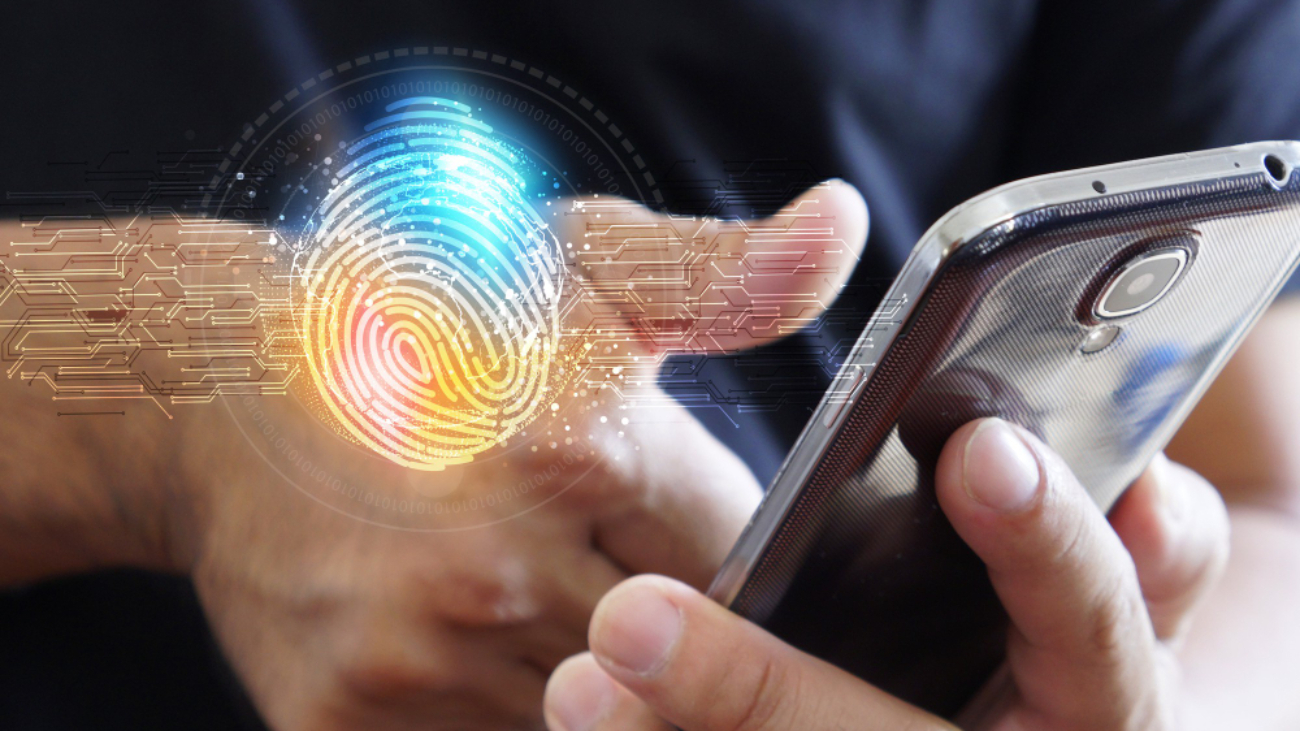Multi-Factor Authentication (MFA) is known for ensuring high levels of security noted by Bahaa Abdul Hadi. While security is important, it is also equally important to address convenience of users. Such a balance would help in ensuring good user experience. We look at how this can be achieved in the best possible way.
MFA – security and convenience
One of the best ways to enhance security in online systems is to use MFA. Using multiple modes of authentication would help in ensuring a higher level of security. It ensures that unauthorized users cannot gain access easily. When a strong authentication method like biometrics is used as a part of MFA, it makes the system almost foolproof.
An issue that arises is that of convenience. Do users find it convenient to use multiple factors of authentication? Are the methods being used user-friendly? These are important questions to be considered because of UX or user experience. In today’s competitive world, user experience is the difference between success and failure.
To provide a smooth user experience, it is important that security systems must be simple to use offering convenience. At the same time, there must be no compromise on the level of security. The following are some ways to ensure this:
1) Using biometrics
Biometrics is both secure and convenient to use. It offers the highest level of security while ensuring a user-friendly experience. Laptops and mobiles have cameras and fingerprint scanners. It doesn’t take much time to take a photo or scan the fingerprint. These authentication methods have a blend of convenience with high security.
2) User education
It is very important to educate users on the importance of MFA. Many users consider MFA as inconvenient and wonder why only password is not sufficient. The prevalence of security risks and the dangers must be explained to users. When they are told about the benefits, then it helps in enhancing user experience.
3) Ensuring an attractive user interface
The user interface must be attractive and easy to use. Such an interface would improve user experience and any inconvenience involved in MFA can be managed.
4) SSO implementation
SSO or Single Sign On involves signing in once using MFA. Once signed in, the user credentials are saved. The same credentials are then applied for all applications used. It ensures security while offering the highest level of convenience for users.
Convenience and security are not opposing factors. It is not difficult to blend both of them in a security system. Doing so will help enhance user experience.
Thank you for your interest in Bahaa Abdul Hadi Blogs. For more information, please visit www.bahaaabdulhadi.com







